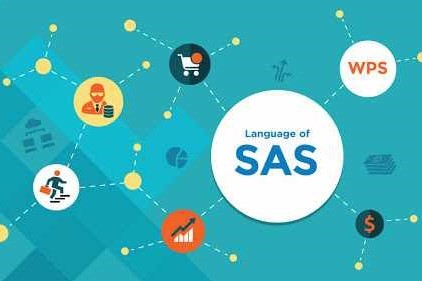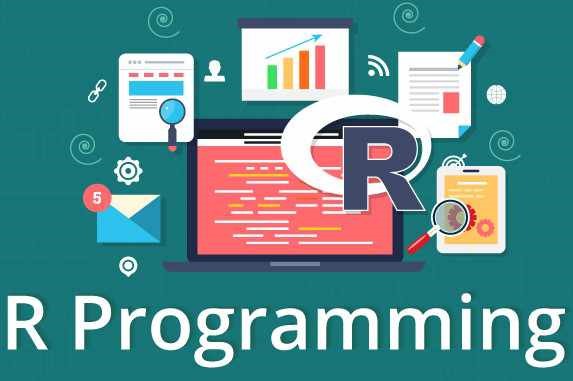Course Information
- Course Price $250
- Total Students 800+
- Course Duration 4 Weeks
Description
There is no denying that this is a data-centric world, and data management and data analysis have a major role in today’s business. They both are essential components of Business Intelligence. SAS is the abbreviation of Statistical Analytical System. It is a software exhaustively applied for data management, predictive analysis, multivariate analysis, etc. SAS clinical data integration offers support in cross studies and also in safety analysis when the repeatable clinical trial integration activities are automated. Clinical SAS is the usage of SAS technology to the clinical industry for clinical trial data evaluation in pharmaceutical or biotech and clinical research organizations. The way of designing, evaluating and generating reports are elaborated in support of real time data. The skills of writing SAS programs, importing/exporting data and eventually transforming it for carrying out assessment on it is taught by the trainers
Benefits
- SAS programmers play a pivotal role in clinical trial data analysis. The opportunities for SAS programmers to look into the technical needs of the healthcare industry are constantly increasing.
- The application of information technology in the healthcare delivery system can assist the industry to be benefited by valuable knowledge from data and apply this insight to suggest action or foster decision making.
- This also helps in enhancing quality of patient care. When you see from a commercial perception, SAS can assist healthcare professionals meet business objectives, manage costs, produce higher revenue and boost strategic performance management.
- It offers specific interfaces that eventually make the work more effective from the metadata. It hence provides a convenient access to pertinent details and is pretty useful to function with specific data and findings.
- SAS programming is widely used in clinical trial data and evaluation in the pharmaceutical and clinical research companies. A SAS programmer takes up a crucial role in clinical trial data evaluation.
- A SAS programmer takes care of the technical requirements of the healthcare domain. Execution of IT in the healthcare industry assists in obtaining valuable knowledge from data and insight to suggest decision making and patient quality care enhancement.
- SAS analytics solution assists accomplish business objectives in healthcare-related revenue generation, cost monitoring and strategic performance management.
- SAS tools are applied to explore clinical results and risk tolerances to enhance quality.
Syllabus
- Functionality of SAS Windows.
- Creating and managing SAS Libraries.
- Overview of SAS Data states.
- Types of Libraries.
- Storing files temporarily and permanently.
- Referencing SAS files.
- Steps to create a SAS dataset.
- Creating SAS dataset using text file.
- Creating SAS dataset using text file with delimiters.
- Creating SAS dataset using structured text file.
- Creating SAS dataset using unstructured text file.
- Creating SAS dataset using Excel file
- Creating SAS dataset using Access file.
- Creating SAS dataset using values inside the code.
- Concepts of output delivery system.
- How ODS works and viewing output of ODS in different format.
- HTML, RTF, PDF etc...
- One-o-one reading
- One to many
- Many to many
- Concatenation
- Interleaving
- Match merge
- Character function
- Numerical function
- Arithmetical function
- Mathematical function
- Date Function
- Do Loop
- Do While
- Do Until
- Definition of array
- Example of array
- Procedure Format.
- Procedure Contents.
- Procedure Options.
- Procedure Append.
- Procedure Compare.
- Procedure Transpose.
- Procedure Print.
- Procedure Import.
- Procedure Export.
- Procedure Datasets.
- Procedure Tabulate.
- Procedure Chart, Gchart, Gplot.
- Procedure Report.
- Introduction to graphics.
- Types of Graphics (with latest models)
- Defining procedure Graphics.
Advance SAS Topic
- Generate detailed reports by working with a single table, joining tables, or using set operators in the SQL procedure.
- Generate summary reports by working with a single table, joining tables, or using set operators in the SQL procedure.
- Construct subqueries and in-line views within an SQL procedure step.
- Compare solving a problem using the SQL procedure versus using traditional SAS programming techniques.
- Create and use user-defined and automatic macro variables within the SAS Macro Language.
- Automate programs by defining and calling macros using the SAS Macro Language.
- Understand the use of macro functions.
- SAS role in Clinical Research.
- What is a Clinical trial?
- What is Protocol and role of Protocol in Clinical Research?
- Which is playing the main role in Clinical Research?
- Identify the classes of clinical trials data (demographic, lab, baseline, concomitant medication, etc.).
- Identify key CDISC principles and terms.
- Describe the structure and purpose of the CDISC SDTM data model.
- Describe the structure and purpose of the CDISC ADaM data model.
- Describe the contents and purpose of define.xml.
- Apply categorization and windowing techniques to clinical trials data.
- Transpose SAS data sets.
- Apply ‘observation carry forward’ techniques to clinical trials data (LOCF, BOCF, WOCF).
- Calculate ‘change from baseline’ results.






